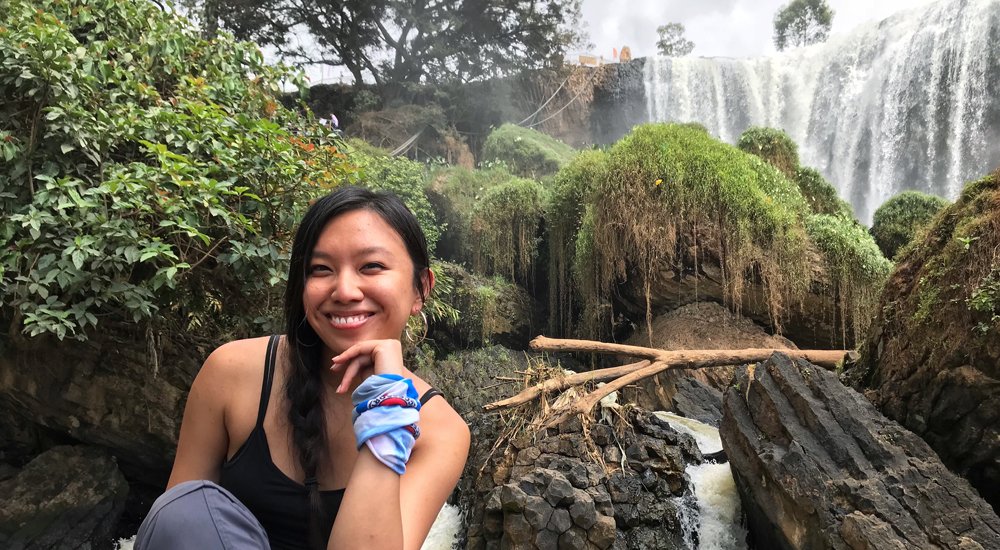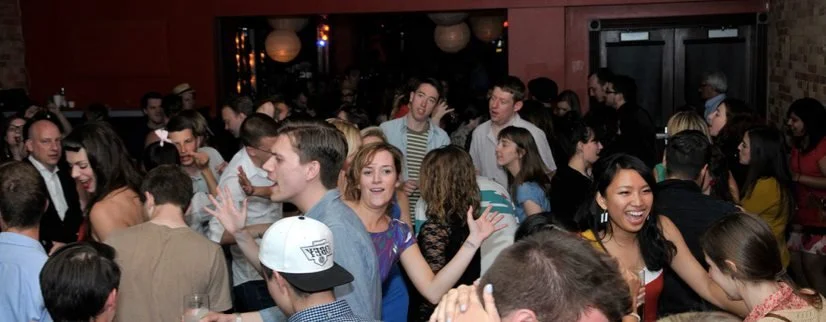!["Performing" Land Acknowledgments Without the Knowledge or Action]()
Back in the fall of 2017, I was hired to promote and takeover* the Instagram account of Parkbus, a transportation service brand that connects city dwellers to various national or provincial parks encouraging Canadians to spend time in the great outdoors. A friend of mine and I got a complimentary ride to a park of our choice plus a couple of hundred dollars, and in exchange, we would promote Parkbus’ service on our own personal Instagram accounts while also sharing Instagram Stories of our day on Parkbus’ brand account.
As someone who loves to go hiking but lives in downtown Toronto without access to a vehicle (at the time), Parkbus is actually a godsend (and no, they’re not paying me for this endorsement which comes years after that contract, though I’d gladly welcome that!) Parkbus provides accessible rides, connecting those who live in the city to hiking trails, campgrounds, and canoe access points, which are otherwise difficult to get to without a car or through our limited public transportation. And so I was more than happy to engage in this partnership.
When I got to Rattlesnake Park, our park of choice, we began taking photos and videos of our experience. But before sharing anything online, I thought it would be important to start off the Instagram Story with a land acknowledgment. It didn’t feel right to be sharing this experience of the beautiful nature around us without recognizing the history of the land we were on.
To be completely honest, I didn’t know much about Indigenous history in what we now know as Canada at this point in time, but I knew, in a general and vague sense, that we were on colonized land. “Reconciliation” was a concept that was being talked about more and more in my social and professional circles. I had seen maybe one or two land acknowledgments read out loud at events, and I thought that it was a powerful gesture.





